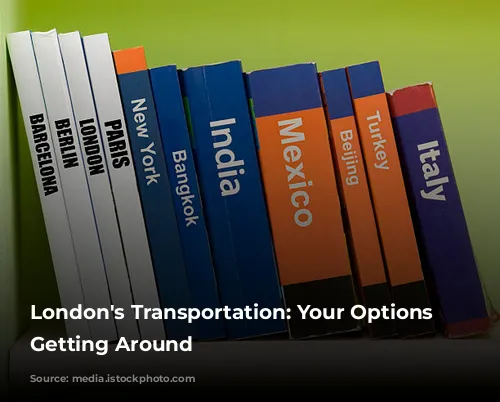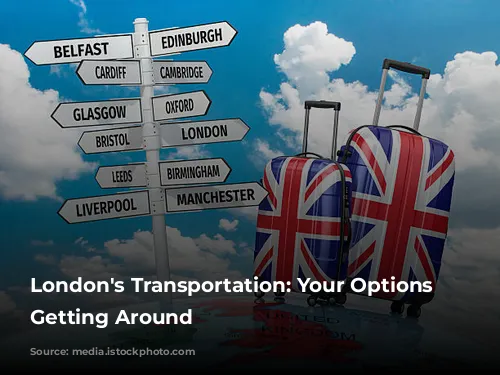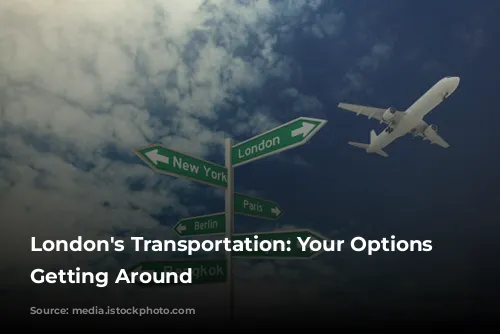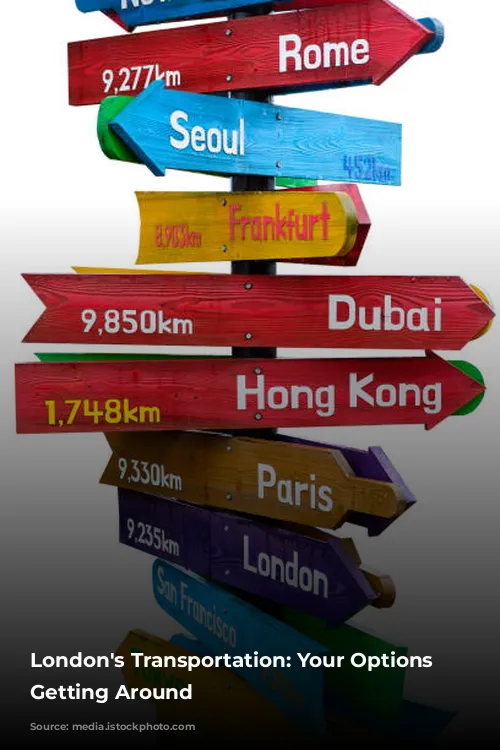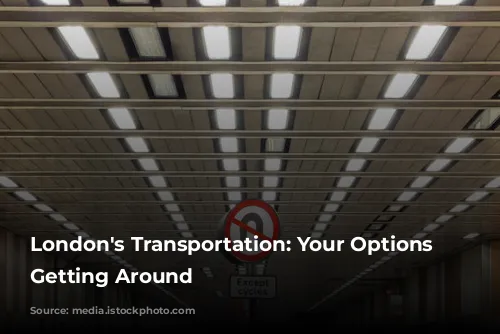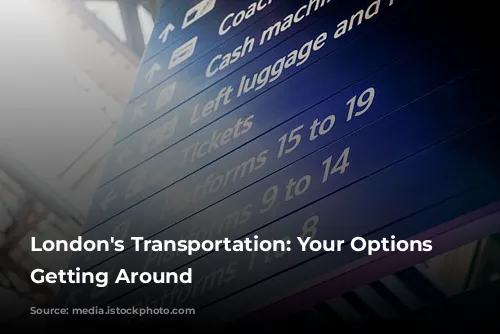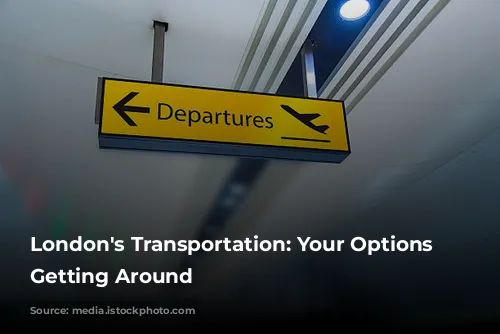London is renowned for its excellent public transportation system. Navigating the city without a car is a breeze. Whether you want to explore the vibrant streets on foot or utilize the efficient public transit, there’s a mode for every traveler.
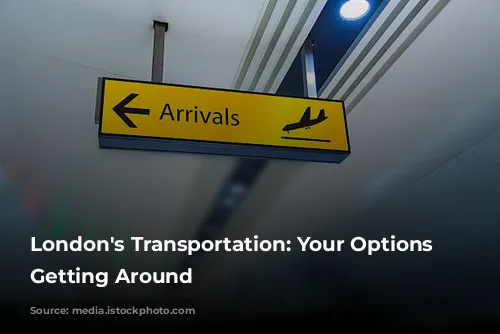
Public Transportation: A Comprehensive Guide
Finding your way around London is effortless with the help of Google Maps. Simply input your starting point and destination, select the public transport icon, and Google Maps will reveal all the tube and bus routes with their estimated departure and arrival times.
Walking is a fantastic option for exploring London’s lively atmosphere. Many locals and tourists alike enjoy strolling the streets, taking in the sights and sounds of the city. Even solo female travelers like myself felt secure navigating London’s streets, especially in the popular tourist areas.
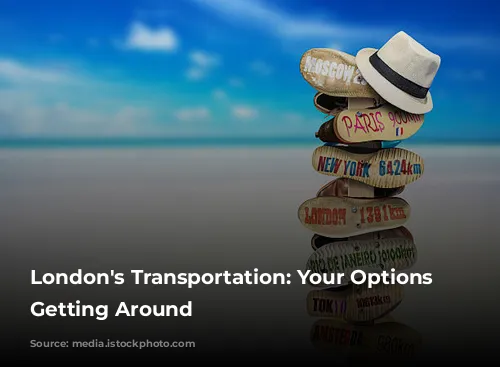
Payment Options for Public Transportation
Several payment methods are available for journeys on London’s tube, buses, and trains. For a detailed breakdown, check out the Transport for London website. Here’s a simplified overview with my personal insights.
The Oyster Card is a popular choice. It’s a credit card-sized blue card that you can purchase at any tube station. Choose between a regular Oyster Card or a Visitor Oyster Card, and load it with cash or your credit card. Each traveler requires their own Oyster Card, so if you’re traveling with companions, ensure they have their own cards.
Oyster Cards offer a daily cap, which is a fantastic money-saving feature if you utilize the tube frequently during the day. A Visitor Oyster Card is also available, although it lacks the benefits of the regular card. For instance, you can’t load a travel pass onto it, making it less advantageous for longer stays in London. The Visitor Oyster Card’s main advantage is that you can have it shipped to your home before your trip. However, picking up a regular Oyster Card at the tube stations is a simple and straightforward process. Remember, the Visitor Oyster Card cannot be purchased upon arrival in London. You can only order it online and have it shipped to your home beforehand.
Since 2023, Oyster Cards are no longer mandatory. You can now use your contactless credit card or digital wallet, like Google Pay or Apple Pay, for payment on the tube and buses. Simply tap your card or phone at the designated areas where you would have tapped your Oyster Card. This method boasts the same benefits as the Oyster Card, including the daily cap, as long as you use the same card throughout the day.
Travelcards provide unlimited travel within specific zones of London. They are prepaid cards that can be purchased when you buy an Oyster Card. A 7-day Travelcard offers seven days of unlimited travel for the price of five. It’s an excellent value for stays of seven days or more. Keep in mind, you can only load a Travelcard onto a regular Oyster Card, not a Visitor Oyster Card. If you are in London for six days or less, opting for an Oyster Card or contactless payment will likely save you money due to the daily cap.
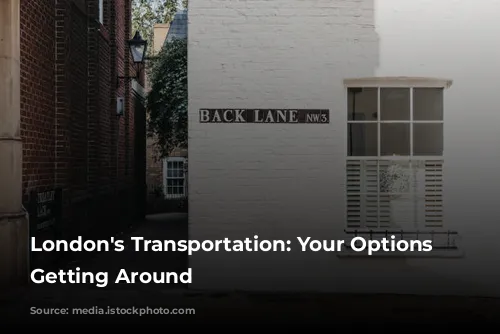
London’s Underground: A Historic and Efficient Network
The London Underground, affectionately known as “the Tube,” is the world’s oldest subway system, established in 1863. It’s the fastest and most convenient way to navigate London, and I rely on it frequently during my visits. While the Tube has undergone numerous upgrades over the past century and a half, many stations are not accessible for individuals with mobility limitations. There are, however, some accessible stations, which are clearly marked on the Tube map with the International Symbol of Access (ISA), an icon of a wheelchair.
When entering a Tube station, tap your Oyster Card, contactless credit card, or digital wallet to pass through the turnstiles. Remember to also tap your card or phone as you exit the station for a smooth departure. Every Tube station displays a map of the lines that run through it and the stops they make. Before reaching a Tube station, locate the name of the nearest stop or Tube station to your destination.

Ride-Sharing Options: Convenient Alternatives
Uber, Lyft, and Bolt are all available in London. These ride-sharing apps allow you to request rides using their respective apps if you have cellular service or wifi. If you’re traveling from the U.S., Bolt might be unfamiliar since it’s not available in North America. While I haven’t used Bolt in London yet, I found it to be a cost-effective option during my travels in Malta. However, some users have reported longer wait times for Bolt rides in London compared to Malta, so be aware of that if you’re in a hurry. All three ride-sharing apps offer scheduled rides, which proved helpful for early morning airport rides when I couldn’t rely on on-demand services.
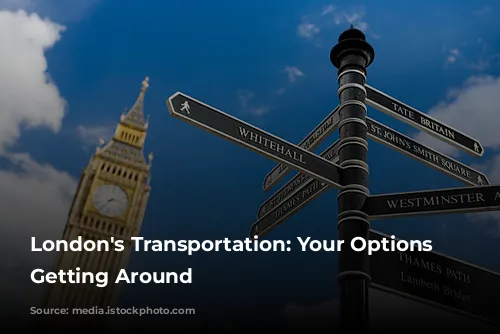
Exploring London by Bike or Scooter
London is a city with plenty of bike paths suitable for both bikes and scooters, including electric ones. Remember that bikes and scooters are not permitted on sidewalks. For detailed information on bringing bikes or scooters onto public transportation, consult the official Transport for London (TfL) website.
While London offers bike paths, I wouldn’t recommend riding a bike or scooter, especially if you’re new to the city. It can be more of a hassle than a convenience, especially when navigating unfamiliar routes and traffic. I personally prefer the ease and efficiency of walking or public transportation.
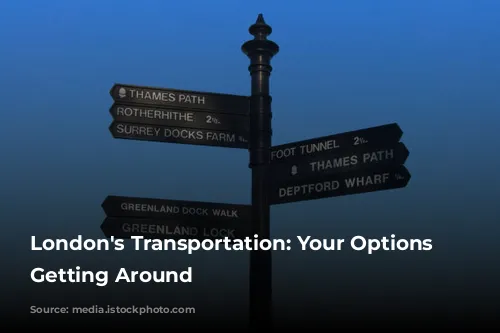
Walking: A Delightful Way to Discover London’s Charm
London is a highly walkable city, and many people embrace this mode of transportation. I absolutely adore this aspect of London culture and often walk 5-10 miles or more each day during my trips. Even on rainy days, you’ll find people walking with umbrellas, rain boots, and warm coats. We’ve certainly experienced our share of rainy walks during winter visits!
Walking is an excellent way to discover hidden gems and experience London in a way you wouldn’t otherwise. You’ll stumble upon cool areas and captivating sights that you might not have planned to see. So, lace up your walking shoes and prepare to be amazed by the hidden treasures that London has to offer. If you’re planning a winter trip, I’ve written a blog post with tips specifically for visiting London during the colder months.
